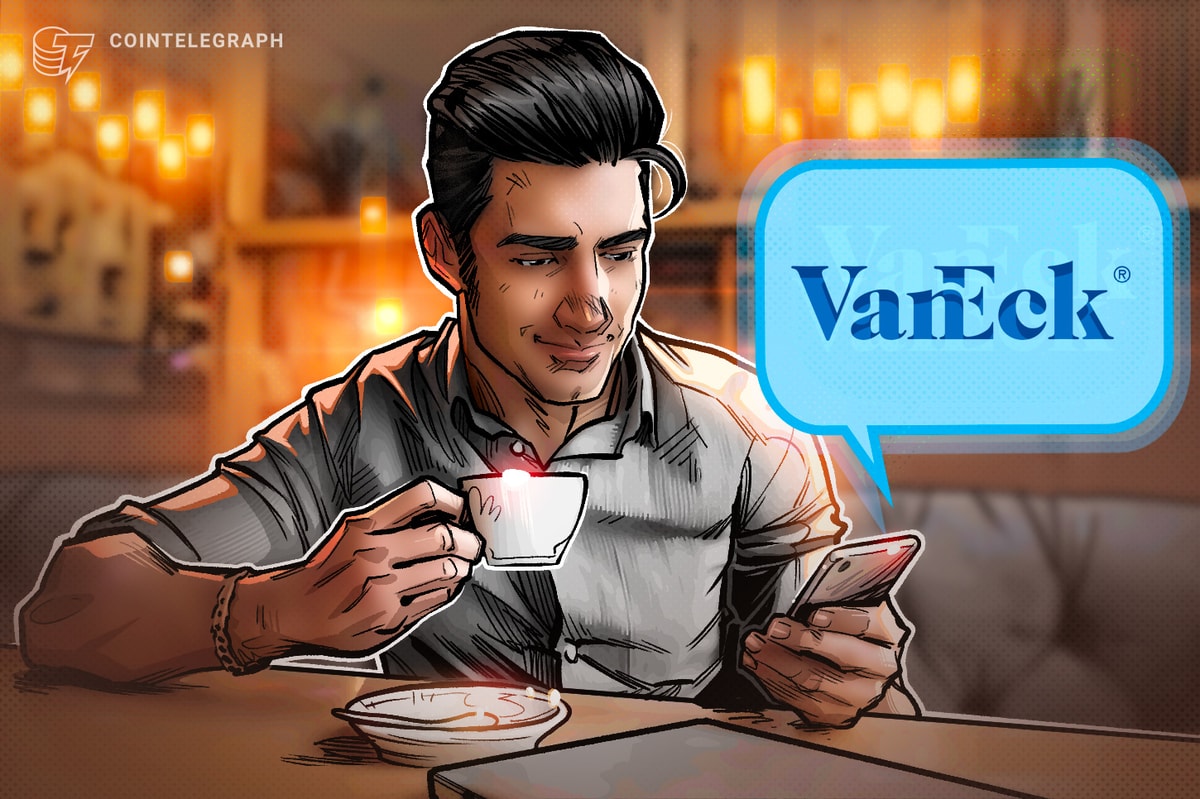Elena Rosa is a Los Angeles-based artist who wanted to create a lesbian story world where people of all genders, sexualities and identities could learn about lesbian bar history. She drew from photographs, writings and interviews with former bar patrons and bar owners to bring L-BAR to life. Rosa sat down with Jessica Abo to talk about her interactive online bar and salon, and her advice for anyone trying to create a sacred experience.
Jessica Abo: You’ve spent years working as an actor and artist and say you’re really passionate about creating different worlds. What is it about creating environments that lights you up?
I love building environments. I like thinking about our architecture and how that frames our identity. I have a particular fascination with Byzantine churches, the way the masses can walk into this dome, this heaven on earth and everyone has one focal point. Straight ahead is the focal. It’s one truth, one belief. And if you look to the left or to the right or above you, there are depictions of saints mirroring that truth and confirming that truth. I love thinking about how that informs us in those spaces.
In contrast to the lesbian bar, which were our saloons and taverns, they’re usually pretty dark. And they might be down an alleyway or they might be down a flight of stairs, but they’re dark. In the beginning, there weren’t any windows, and where there were windows, they were covered with curtains, so you couldn’t see what was going on inside. I think that encourages experimentation and walking into the unknown. It’s full of mystery, and I believe in that space is where agency can be explored.
Why did you want to create a space dedicated to lesbian bar history?
I wanted to celebrate and honor lesbian bar history. I think that these bars, especially pre-Stonewall, were bars that really allowed women to frame feminism and ideas of desire and ways of being in the world. So, I wanted to honor that history and also honor the trailblazers, all the people that crossed the street to go into the bar when it wasn’t okay to do that.
I think about my own lesbian bar history, and I landed in San Francisco and I’d just come out and I would go to this bar on Sundays and it was Ladies’ Day on Sundays. I don’t recall it being about consuming alcohol. It wasn’t about that, the bar for me. But, on an unconscious level, I suppose there was this other aspect and I couldn’t wait to get to the bar. There was this other aspect of walking into a place, walking in somewhere, and the people that you see mirror who you are. I think that unequivocal understanding that someone else is like you. It’s a lifeline, really. I was raised very religious, and to me, this was everything. This was everything to me. But, I don’t know if I realized it at the time, but I needed it. I needed that mirror to myself at the time, from people, from those women in that bar.
What’s the state of lesbian bars today?
Well, there aren’t many lesbian bars left. According to the Lesbian Bar Project, which raises money to fund the remaining lesbian bars in the U.S., there are under 25 lesbian bars. I believe that in order to understand why they’ve disappeared, we need to understand why they existed. The lesbian bars are very different today. They are far more inclusive with language. I think when I was going to bars, there were many different identities and ways of being there, but they just weren’t spoken about. Or, if they were, it wasn’t foregrounded by that. I think bars were more foregrounded by desire, at least when I was coming up. Now, language is there, and inclusivity is there at the forefront, and I think that’s really great. I think that’s wonderful. Sometimes, I wonder if we need the term lesbian bar anymore if we need lesbian bar anymore.
It’s interesting to think about. I think also, I’ve noticed that the intergenerational aspect of bars when I was coming up is not there anymore. I remember going to early bars and I would talk to the older dykes about how to shoot pool and how to be and whatever, and there was a lot of communication between generations, and that’s not the case anymore. That’s to do with the online world. A lot of my older friends have wonderful, amazing relationships online and they don’t need to go to the bar. So, it’s not a bad thing, it’s just different. The bars are very different today.
What will someone experience when they enter L-BAR?
Inside L-BAR, you will be presented with a world, I call it a lesbian story world. That world has loads of cities that you can click into, and when you do, you’ll find bars, lesbian bars, presented to you. These bars all actually existed. They’re from 1925 through 2005. Now, I made these bars, they’re digital art interpretations, I made them based on oral histories from former bar owners and bar patrons. So, you can also hear those interviews inside the space. You can meet friends there or make new ones, sit at a bar stool and listen to people like Joan Nestle, Jewelle Gomez, Lillian Faderman to name a few. You can actually hear them inside the bars.
What do you think this project represents now?
I think this project represents a living archive. I think it offers a way to look at history differently by being inside of it, by occupying that history, by hearing the stories where that history took place and sitting inside of it and sharing your own story inside of it. I think it’s another way to document and another way to experience one’s self through history.
I think it also shows how important and sacred lesbian bars were for a lot of people, and sacred to our history in terms of identity building and shedding and ways of being in the world.
What’s next for you and L-Bar?
I’ll be moving off of this platform that I use, which is called ohyay, which is amazing. They are shutting down on December 31st, so L-Bar will also shut down. I’m currently applying for grants and looking for funding to move the project somewhere else. I’m also making a documentary about lesbian bar history.
What advice do you have for someone who is trying to create a sacred experience whether it’s through the metaverse or through a brick-and-mortar environment?
I think it’s important, in whatever you do, whatever you create, to make it personal, make it full of your heart, because I think people are going to disagree with you and they’re not going to like what you have to say, and that encourages conversation. I believe in the conversation. I believe in difference, and I think that is what sustainable business is. I don’t think it’s pleasing everybody. I think it’s actually a conversation.
Read More: news.google.com









 Bitcoin
Bitcoin  Ethereum
Ethereum  Tether
Tether  XRP
XRP  Solana
Solana  USDC
USDC  Dogecoin
Dogecoin  Cardano
Cardano  TRON
TRON  Lido Staked Ether
Lido Staked Ether  Wrapped Bitcoin
Wrapped Bitcoin  Sui
Sui  Wrapped stETH
Wrapped stETH  Chainlink
Chainlink  Avalanche
Avalanche  Hyperliquid
Hyperliquid  Stellar
Stellar  Shiba Inu
Shiba Inu  Hedera
Hedera  LEO Token
LEO Token  Bitcoin Cash
Bitcoin Cash  Toncoin
Toncoin  Litecoin
Litecoin  Polkadot
Polkadot  Monero
Monero  USDS
USDS  WETH
WETH  Wrapped eETH
Wrapped eETH  Bitget Token
Bitget Token  Pi Network
Pi Network  Binance Bridged USDT (BNB Smart Chain)
Binance Bridged USDT (BNB Smart Chain)  Pepe
Pepe  Ethena USDe
Ethena USDe  Coinbase Wrapped BTC
Coinbase Wrapped BTC  WhiteBIT Coin
WhiteBIT Coin  Bittensor
Bittensor  Uniswap
Uniswap  Aave
Aave  Dai
Dai  NEAR Protocol
NEAR Protocol  Aptos
Aptos  OKB
OKB  Jito Staked SOL
Jito Staked SOL  Ondo
Ondo  Cronos
Cronos  BlackRock USD Institutional Digital Liquidity Fund
BlackRock USD Institutional Digital Liquidity Fund  Ethereum Classic
Ethereum Classic  Official Trump
Official Trump